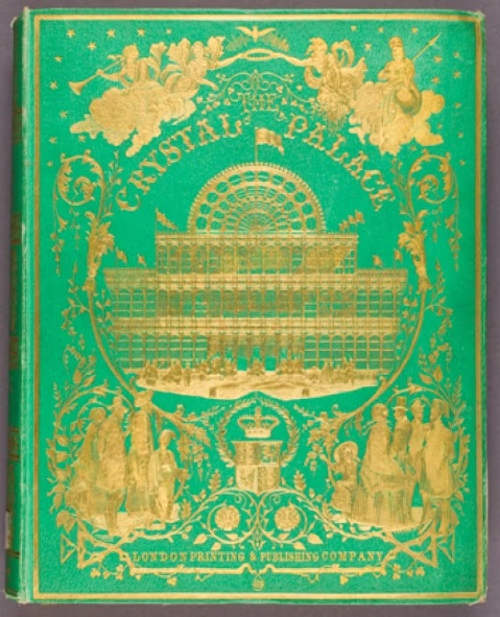Book conservationists have launched an effort to locate thousands of 19th-century books containing ’emerald green’, a rare and coveted pigment created with the help of arsenic.
Before the industrial revolution, books were leather-bound artisanal creations that took a lot of time and effort to produce, but the invention of bookcloth changed everything. It was both cheaper and easier to make, but it also allowed for the use of pigments to make book covers more appealing. For example, one of the most popular bookcloth colors of the late 19th century was a vibrant green that came to be known as Paris green or emerald green. No other pigment even came close in terms of intensity, and although a series of arsenic poisoning accidents were reported during that time, the demand for it was so strong that manufacturers didn’t even consider canceling production. Tens, maybe even hundreds of thousands of emerald green books were produced until the risk of arsenic poisoning became a big enough issue and the pigment was finally pulled from production, and thousands of them are still in libraries and private collections today.







